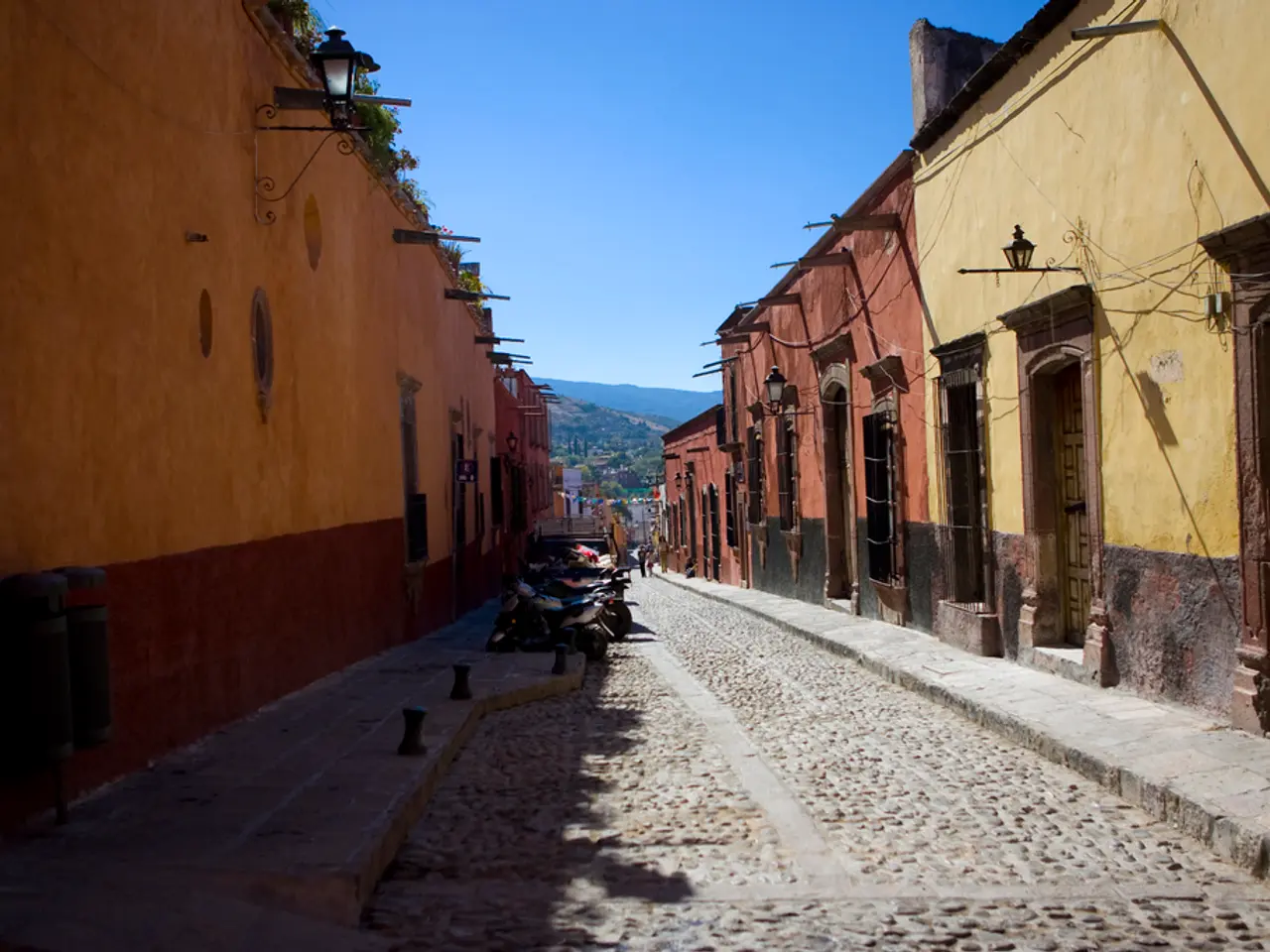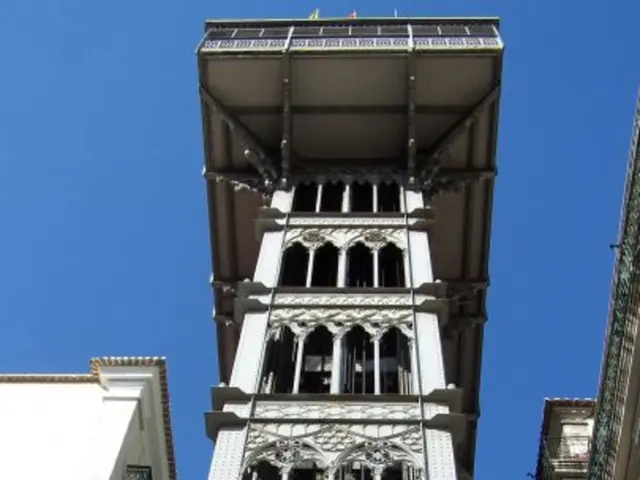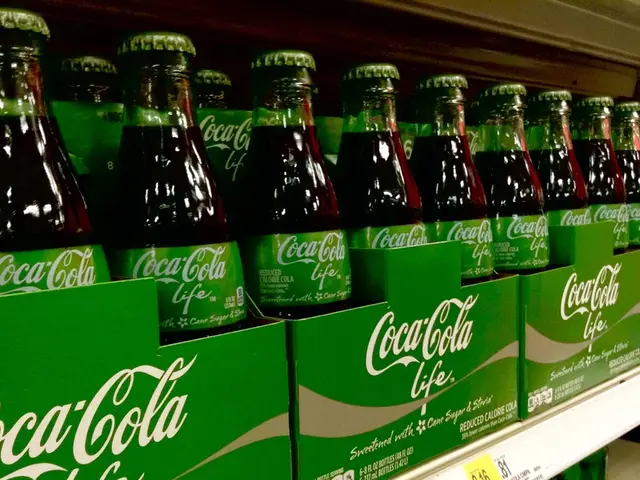Oil Boom in Utah's Uintah Basin Brings Mixed Impacts to Surrounding Counties
Oil and gas development in Utah's Uintah Basin brings varied impacts to nearby Carbon, Duchesne, and Uintah counties. While revenue from federal lands aids some, others face heavy truck traffic and maintenance costs.
The Utah Permanent Community Impact Fund Board allocates funds from oil and gas production revenues to affected communities. However, the distribution varies based on land ownership.
Uintah County benefits significantly, with most drilling and production on federal land. This leads to large grant awards from the Community Impact Board. Duchesne County, with production mainly on tribal or private land, receives less funding. Carbon County, with relatively little production, bears substantial costs from heavy truck traffic and services, despite the industry's economic benefits.
Maintaining roads is a challenge for Duchesne County due to limited grant funds and fewer in-kind contributions from operators compared to Uintah County. Most oil produced in the Uintah Basin is heavy 'black wax' or 'yellow wax,' requiring heated trucks for transportation, exacerbating road issues.
The distinct impacts on Carbon, Duchesne, and Uintah counties highlight the complex effects of oil and gas development on adjacent local governments. While some gain significant funding, others face high costs and limited support.







